What is Ex ic ?
Ex ic is a form of intrinsic safety protection for electrical apparatus in flammable atmospheres. It is a logical extension of the long-established Ex ia and Ex ib protection levels, and is suitable for use in, or connection into, Zone 2 hazardous areas where there is a low probability of a flammable risk.
Ex ic retains the unique characteristic of all intrinsic safety systems in which the wiring and field apparatus may be ‘liveworked’ in the presence of a flammable atmosphere.
The safety factors and equipment construction requirements are however more relaxed than for the Ex ia and ib protection levels, to take account of the lower risks associated with Zone 2.
In common with the other protection levels, Ex ic is best suited to instrumentation circuits, where the levels of voltage and current are consistent with those permitted by intrinsic safety, although Ex ic can take advantage of the Zone 2 relaxations to drive somewhat larger loads.

The concept of a third level of protection for intrinsic safety has existed for several decades, but only recently has it been formally adopted into the major standards systems in common use worldwide.
Meanwhile, other methods of protection had filled the gap. In particular, Ex nL, a subset of the ‘safe in normal operation’ standard, Ex n, had provided a workable but somewhat loosely defined alternative.
Ex nL (where the L referred to its energy-limited provenance), borrowed heavily from the published intrinsic safety ignition data to provide a method of protection in which instrumentation circuits could be live-worked in Zone 2.
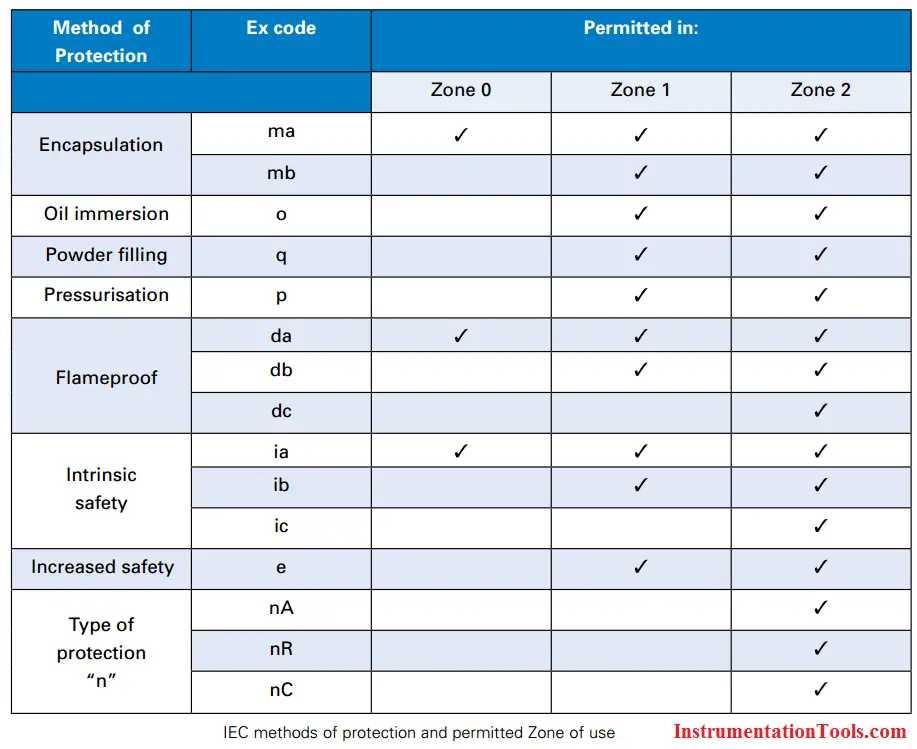
So why have things changed at last? One major factor is that Ex nL had for a long time been an uncomfortable bed-fellow with the other protection concepts that were part of the overall Ex n concept.
Whereas Ex nL conformed to the relatively low voltage and current levels of energy-limitation, there were no such restrictions for the Ex nA (non-arcing), Ex nC (containment) and Ex nR (restricted breathing) techniques, which were therefore appropriate for heavycurrent switchgear and rotating machines. Ex nL was more concerned with milliwatts than with kilowatts.
The relevant expertise on low power circuits already existed within the IEC’s intrinsic safety committee, so as long ago as 2003, the IEC main technical committee TC31 decided to discontinue the Ex nL technique.
Another influence has been the introduction of IEC ‘Equipment Protection Levels’, which formalise the application of the Ex methods to the different hazardous area Zones using the a, b and c suffices for Zones 0, 1 and 2 respectively.

These also tie in with the ATEX ‘Categories’ 1, 2 and 3.
So, in recognition that Ex nL already owed much of its provenance to intrinsic safety, the Ex nL technique was divested from Ex n and reinstated as Ex ic. Consequently, Ex ic was introduced into the 2006 version of the intrinsic safety standard, IEC 60079- 11 Edition 5.0 (and re-confirmed in the 2011 version, Edition 6.0), and the Ex nL sub-category was removed from the 2010 version of the IEC 60079-15 apparatus standard for Ex n. Other relevant intrinsic safety standards, such as the systems standard (IEC 60079-25) have also been updated to take account of Ex ic.
These decisions have affected equipment manufacturers and end-users alike. From April 2013, manufacturers were no longer permitted to put ATEX-certified Ex nL apparatus onto the market. Existing Ex nL installations can remain in service, but any new projects that would previously have adopted Ex nL must now be protected by an alternative means – including Ex ic if suitably certified apparatus is available.
The same, but different
Ex nL and Ex ic share many underpinning principles for the explosion protection of low-power electrical apparatus. They are both based on the concept of energylimitation, by which the levels of voltage and current present in the field wiring are incapable of causing ignition even if the circuits are shorted or broken.
They both apply a unity ‘factor of safety’ Note 1 to the current level, and both are restricted to use in Zone 2. The migration to the parent technique of intrinsic safety has however created a number of detailed differences as a result of applying the broader intrinsic safety requirements (ie those created for ia and ib circuits) to Ex ic.
One notable difference relates to the required separation distance between the terminals of intrinsically safe and non-intrinsically safe apparatus, for example where electronic modules and field-wiring terminals are installed onto DIN-rail in equipment cabinets.
Ex nL was classified as a non-IS technique and hence its terminals required minimal separation from those of other non-IS circuits, but they were required to be separated by 50mm from IS circuits.
However, Ex ic terminals are IS, so the converse is true: they must have the 50mm separation from non-IS circuits, but not from other (ie Ex ia or ib) IS circuits.

Other differences include:
• The combinations of protection types that can occupy the same multi-core cable (Ex ic can share the same multi-core as other IS circuits, but nL cannot);
• The constructional requirements of transformers;
• The values of ‘creepage and clearance’ between tracks on printed circuit boards. Such changes mean that apparatus that was previously certified Ex nL may not automatically be re-certifiable as Ex ic, for example if the physical positioning of the electrical connections fall foul of the connector separation requirement.
Win some, lose some
Some practitioners will see the imposition of intrinsic safety’s broader requirements as a negative step, and will bemoan the loss of flexibility that accompanied Ex nL. But bringing Ex ic into the intrinsic safety fold can be argued to have a number of significant advantages:
• Installation and maintenance requirements are now defined by Intrinsic Safety’s clear, internationally recognized standards and codes of practice;
• More power is available for IS circuits, as a result of the unity factor of safety on current and a single active current limit;
• Intrinsic Safety is consolidated as a protection method for all hazardous area Zones;
• Combinations of Ex ia, ib and ic apparatus are permitted in the same system, subject to the Zone of use.
• The Temperature Classification (T Class) for Ex ic is easy to define, because the apparatus is assumed to be in ‘normal operation’
In summary
The idea of Ex ic is logical and relatively easy to grasp: a new level of intrinsic safety that is safe in normal operation, but where open- and short-circuits in the field wiring are included in the definition of “normal”. This means that the wiring can be live-worked. It is restricted to Zone 2, in which any flammable atmosphere is fleeting.
Its IEC predecessor, Ex nL, embraced the same concept but was adopted with more flexibility because, unlike intrinsic safety, the overall installation requirements were less well defined.
The withdrawal of Ex nL will therefore leave a gap that Ex ic may find difficult to fill, especially where manufacturers find that existing Ex nL products cannot be automatically re-certified as Ex ic. It may take some time for the dust to settle.
The formalisation of the design, installation and maintenance rules that follow from the absorption of Ex ic into the broader world of intrinsic safety are however to be welcomed.
It would difficult to point to ways in which Ex nL was less safe, but it was less well understood (and therefore more vulnerable to widely different interpretations) than intrinsic safety.
The situation is further complicated by the fact that the standards organisations are still debating whether the technical requirements of Ex ic are too onerous – even after the new standard has been published. So it is yet possible that future versions of the intrinsic safety standard will relax the rules and move the goalposts again!
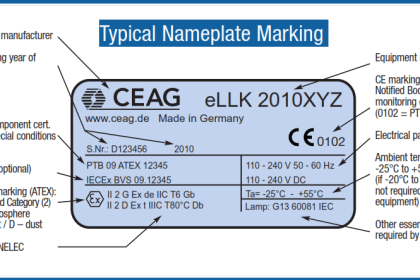
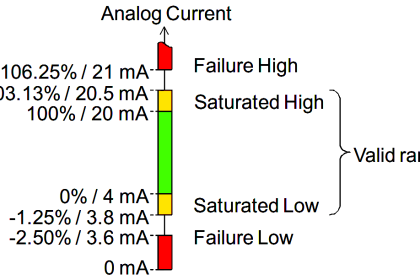
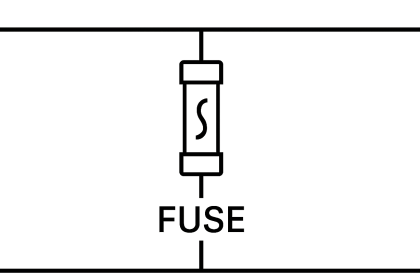
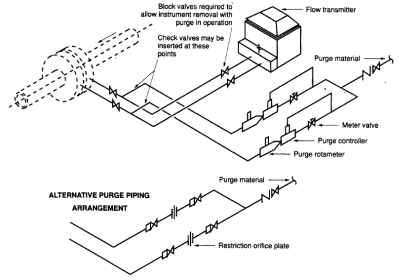

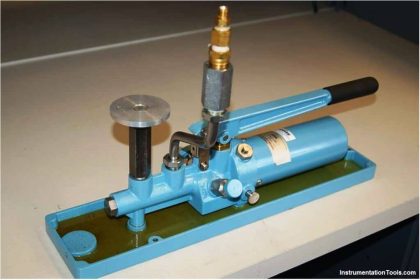
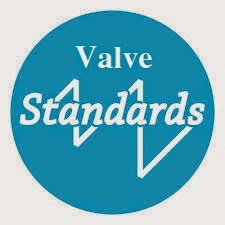

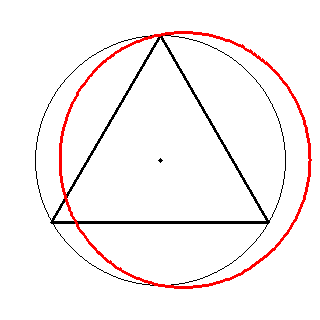
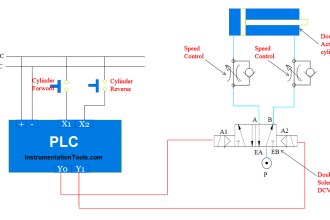
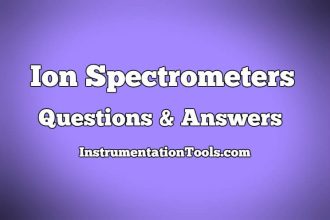
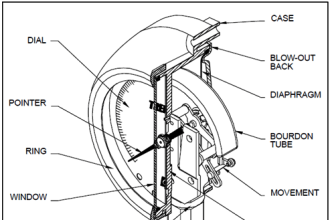


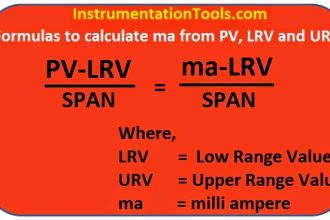
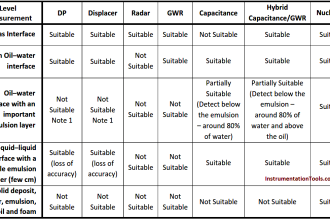

Great work. Keep going…